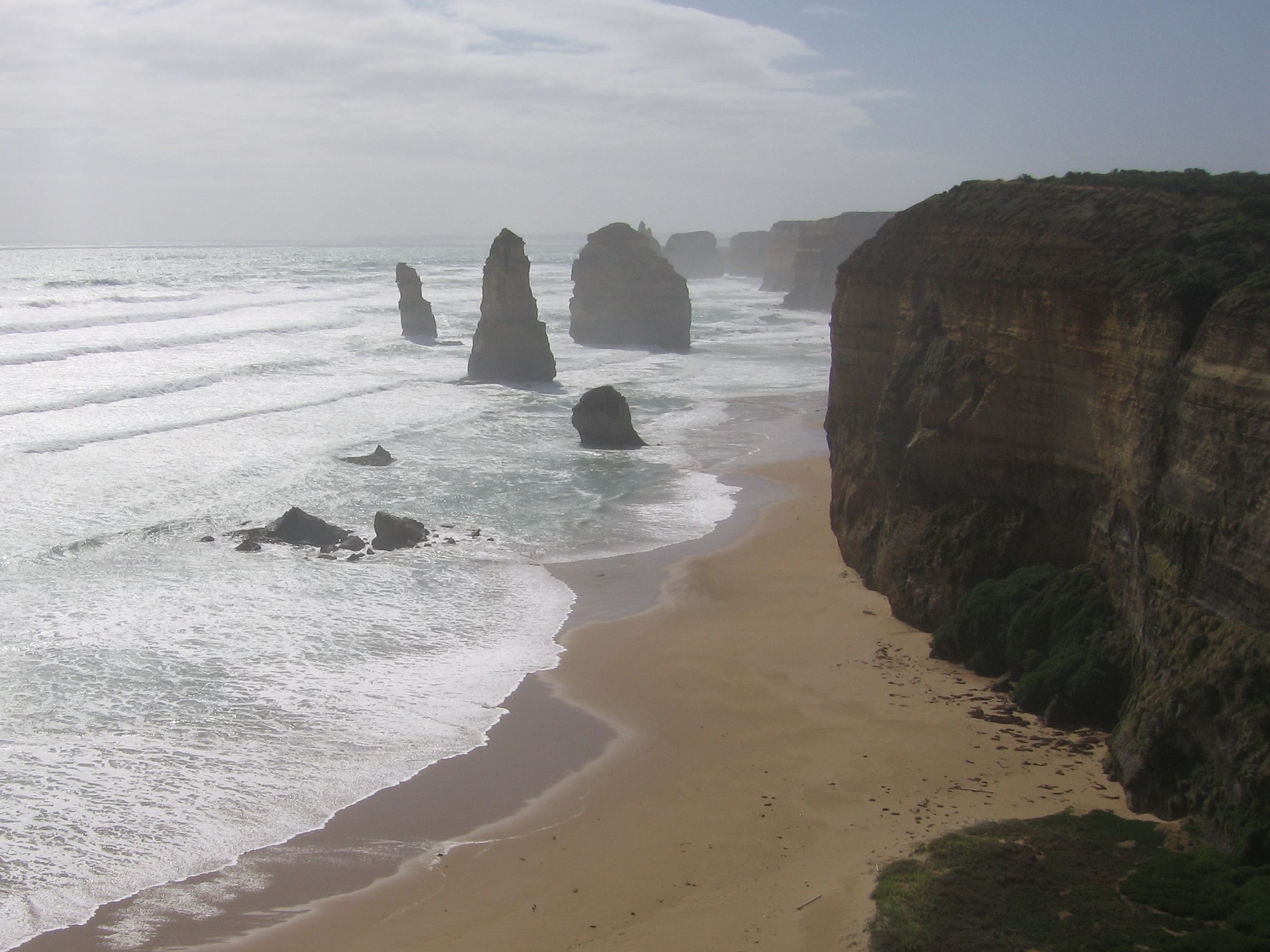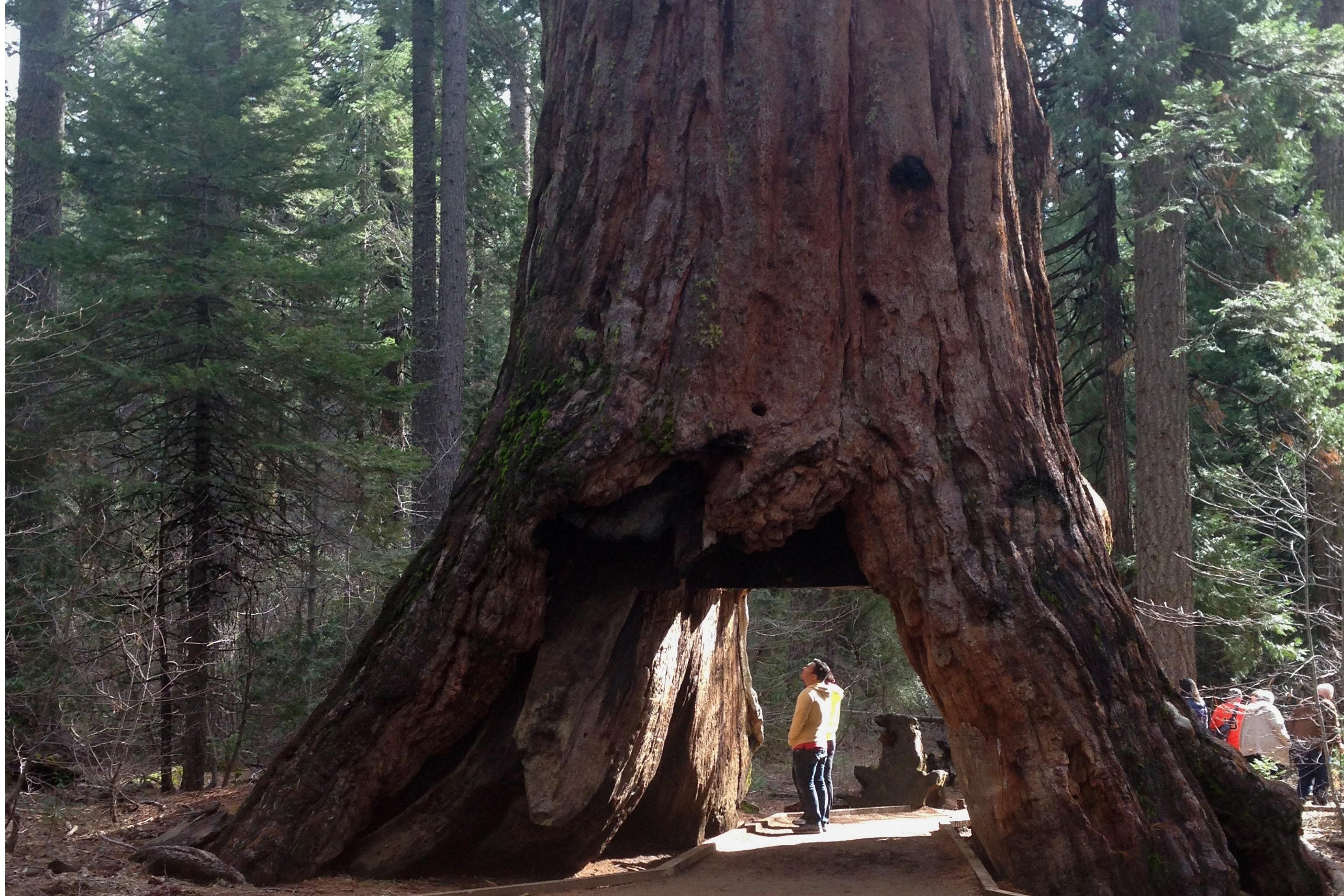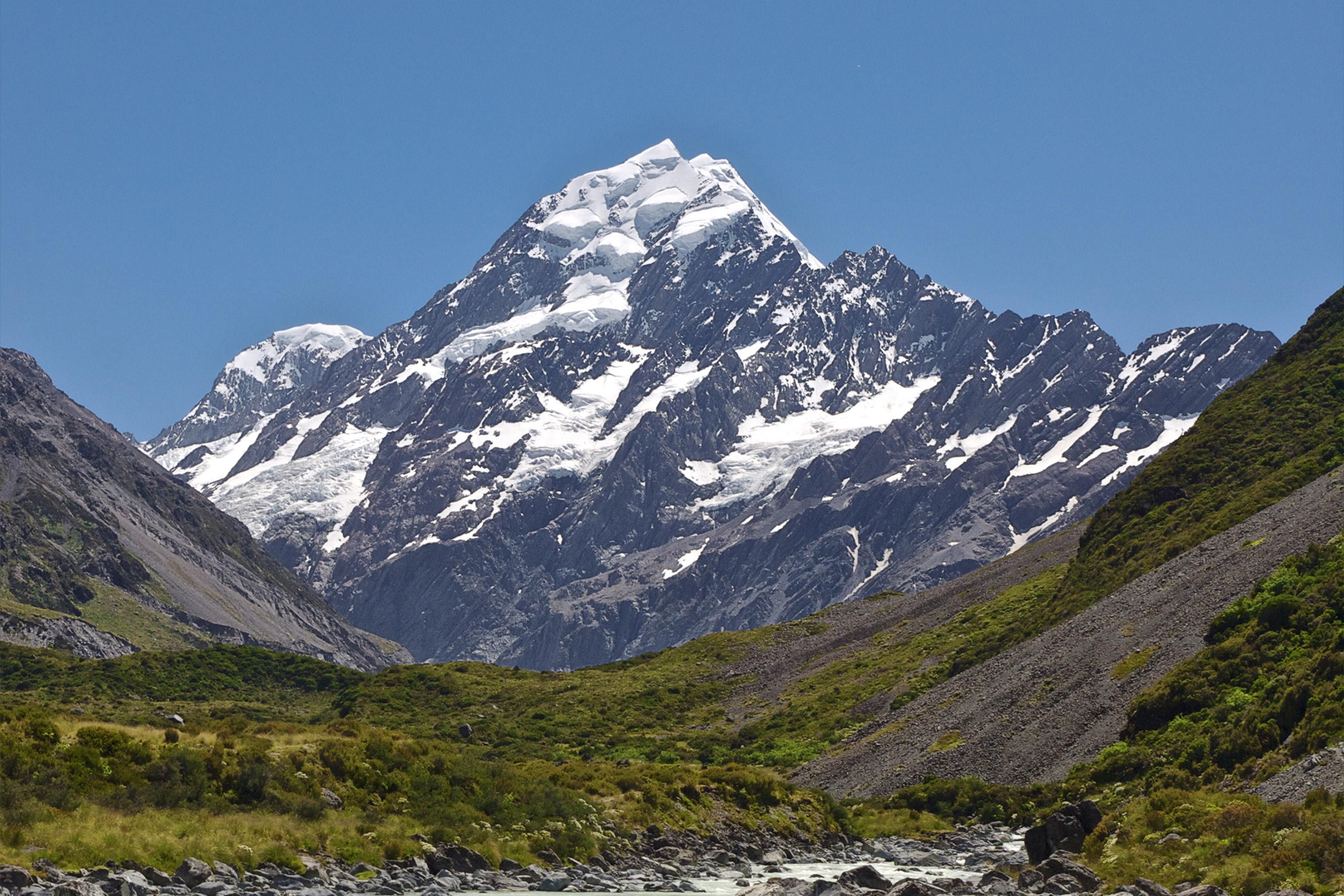The famed rock wall near the peak of Mount Everest called Hillary Step is no more.
The BBC reported British mountaineer Tim Mosedale's observations when he ascended the mountain on May 16, and mountaineers suggested that Nepal's devastating 2015 earthquake may have caused the collapse of the famous obstacle.
However, it is far from being the only victim of nature's forces. Here are five examples of other famous attractions and features that time and nature have torn down.
1. Game Of Thrones arch collapses into sea
Malta's Azure Window, which served as the backdrop in films and TV series such as Game Of Thrones, crumbled in heavy storms in March this year.
The demise of the arch - known as Tieqa tad-Dwejra in Malta - was mourned by many, including photographers and Maltese Prime Minister Joseph Muscat, who called it "heartbreaking".
Maltese Environment Minister Jose Herrera said that no human intervention could have stopped the collapse, reported the Times of Malta.
2. Drowned Australia's 'Apostles'
In July 2005, one of Australia's famous 12 Apostles, a group of nine rock formations along Victoria's Great Ocean Road, broke up in front of onlookers.
Victoria state park ranger Alex Green said: "Reports were it sort of shimmied or shuddered a bit, it fractured and sort of imploded in on itself and pretty much slid straight into the ocean.
"So we've gone from a 50m-high stack to a 10m-high pile of rubble."
The Telegraph reported that the 20-million-year-old pillar, made up of sandstone, limestone and fossils, took mere seconds to disappear.
The most recent collapse in 2009 left only seven remaining columns, Reuters reported.
But five underwater columns, dubbed by scientists as the "Drowned Apostles", which are around 10m tall, continue the chain of the 12 Apostles.


3. Goodbye to the 'Old Man of the Mountain'

Viewed from the side and powerfully magnified, a rock formation in the US state of New Hampshire strongly resembled a hardened chiselled face, until one day in mid-2003, it fell victim to erosion.
New Hampshire had long immortalised it in state quarters, licence plates and other memorabilia, reported The New York Times, and it is the centrepiece of the state emblem.

The "Old Man of the Mountain" was so loved that as early as almost 100 years ago, people, who saw the risks posed by erosion, began trying to save it by screwing the rocks in place, filling in a crack with cinderblocks and placing a weatherproof cover over it, reported the New Hampshire Business Review.
4. Toppling the 1,000-year-old 'Tunnel Tree'

An ancient giant sequoia tree in California, famous for the hole in its base which cars could drive through, crashed to the ground in a winter storm this January.
It was nicknamed the Pioneer Cabin tree, and the hole was carved out of its base in the 1880s, reported National Geographic.
According to the BBC, the tree, which was estimated to be more than 1,000 years old, was one of America's most famous trees, and the Facebook post announcing its death drew a huge response on social media, with more than 20,000 shares and almost 3,000 comments.
5. New Zealand's highest mountain top being shaved off

Mount Cook, the highest peak in New Zealand, became 10m shorter in December 1991 when 14 million cubic m of debris crashed down the mountain in a rock avalanche, reported Stuff.co.nz.
No property damage, injuries or deaths resulted from the incident, according to GNS Science, and the mountain shrank from 3,764m to 3,754m overnight, leaving a ridge at the top that resembled a knife edge.
The Museum of New Zealand Te Papa Tongarewa - the country's national museum - said the summit had probably been ready to topple "for years" due to the combined forces of glaciers, snow, and gravity.
With further erosion, Mount Cook's height has been listed as 3,724m since 2014.


